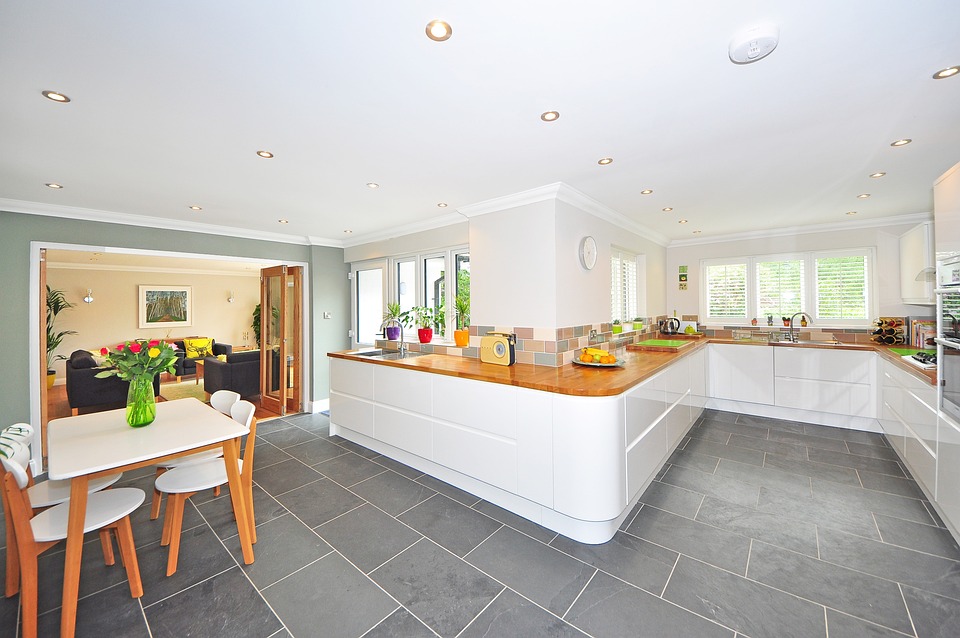Understanding the Origins and Influence of Mid-Century Modern Architecture
Mid-century modern architecture is a design movement that emerged in the mid-20th century and has since become an influential and enduring style. This architectural style, characterized by clean lines, minimalism, and a seamless integration with nature, continues to inspire designers and homeowners alike. In this article, we will delve into the origins of mid-century modern architecture and explore its significant influence on contemporary design.
The Origins of Mid-Century Modern Architecture
Mid-century modern architecture originated in the aftermath of World War II, as a response to the changing social and cultural landscape. The movement was greatly influenced by the Bauhaus school of design, which emphasized the integration of art, craft, and technology. It sought to break away from the traditional architectural styles of the time and embrace a more functional and forward-thinking approach.
One of the key figures in the development of mid-century modern architecture was the renowned architect, Frank Lloyd Wright. His innovative designs, such as the Fallingwater house and the Guggenheim Museum, showcased a harmonious blend of natural materials, open spaces, and geometric forms. Wright’s influence can still be seen in many mid-century modern structures today.
Another influential figure in mid-century modern architecture was Ludwig Mies van der Rohe. His famous statement, “less is more,” encapsulates the essence of this architectural style. Mies van der Rohe believed in simplicity, clarity, and the use of modern materials such as steel and glass. His iconic Barcelona Pavilion exemplifies these principles and remains an architectural masterpiece.
The Influence of Mid-Century Modern Architecture
Mid-century modern architecture has had a profound impact on contemporary design in various ways. Its emphasis on simplicity and functionality continues to shape the way we approach architecture and interior design. Here are a few key areas where its influence can be observed:
Furniture Design
Mid-century modern architecture gave rise to an iconic furniture design movement. Designers such as Charles and Ray Eames, Eero Saarinen, and Arne Jacobsen created timeless pieces that are still highly sought after today. The clean lines, organic shapes, and use of innovative materials in mid-century furniture have become synonymous with modern design.
Open Floor Plans
One of the defining features of mid-century modern architecture is the concept of open floor plans. Walls were removed to create flowing spaces that encouraged interaction and a sense of openness. This idea of breaking down barriers and promoting connectivity has become a popular design choice in contemporary homes.
Integration with Nature
Mid-century modern architects were pioneers in blurring the boundaries between indoor and outdoor spaces. Large windows, sliding glass doors, and the incorporation of natural elements allowed for a seamless connection with the surrounding environment. This emphasis on bringing nature inside has remained a fundamental aspect of modern architectural design.
FAQs
What are the main characteristics of mid-century modern architecture?
Mid-century modern architecture is characterized by clean lines, simplicity, and a focus on functionality. It emphasizes open floor plans, integration with nature, and the use of modern materials.
Who were the key figures in the development of mid-century modern architecture?
Frank Lloyd Wright and Ludwig Mies van der Rohe were influential figures in the development of mid-century modern architecture. Their innovative designs and ideas shaped the movement and continue to inspire architects and designers today.
How has mid-century modern architecture influenced contemporary design?
Mid-century modern architecture has influenced contemporary design in various ways. Its emphasis on simplicity, functionality, and integration with nature can be seen in modern furniture design, open floor plans, and the blurring of indoor and outdoor spaces.
Are there any famous examples of mid-century modern architecture?
Yes, there are several famous examples of mid-century modern architecture. Some notable ones include the Fallingwater house by Frank Lloyd Wright, the Barcelona Pavilion by Ludwig Mies van der Rohe, and the Eames House by Charles and Ray Eames.
If you want to explore more about mid-century modern architecture, you can check out this article: Understanding Mid-Century Modern Architecture.





